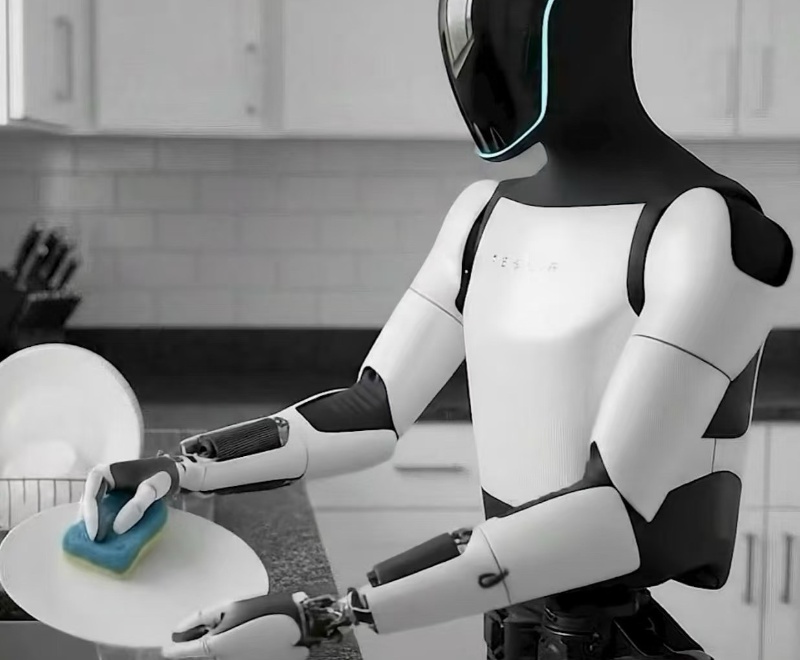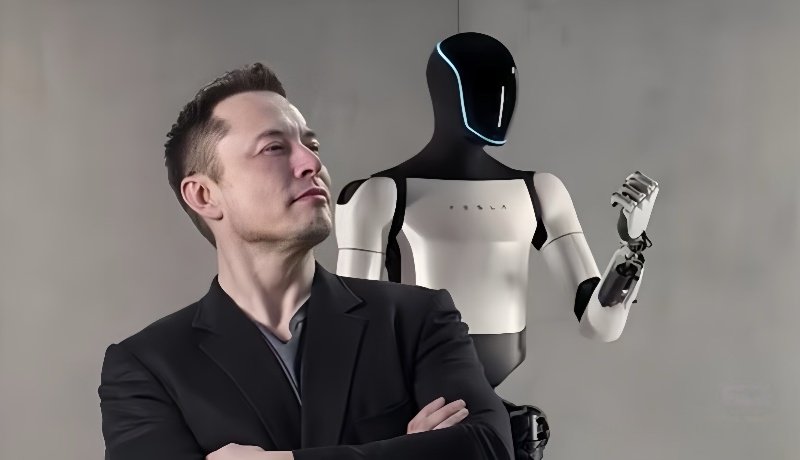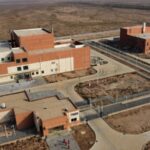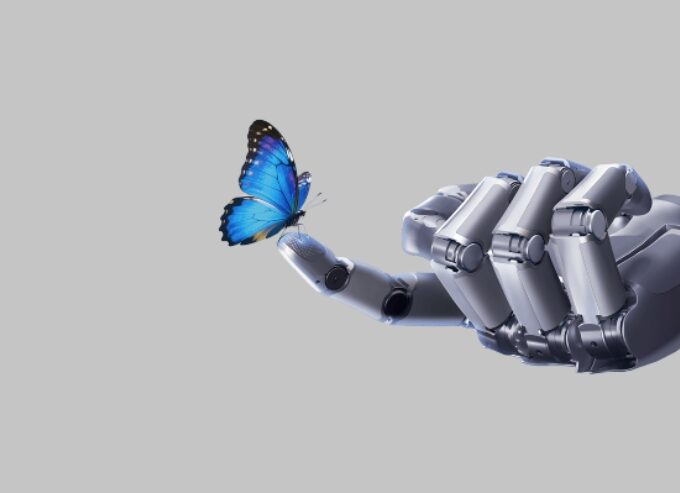November 3, 2025 – humanoid robot Optimus of Tesla has undergone a major transformation in its training method, completely abandoning motion capture technology and fully shifting to a pure camera-based data collection model. This adjustment aims to accelerate data accumulation, enabling the robot to master human daily behaviors more quickly and paving the way for its large-scale mass production and application.
The transition to the new training model officially kicked off in June this year, following the departure of project director Milan Kovac. Inside a glass laboratory at Tesla’s engineering headquarters, dozens of data collection employees are undertaking core data-gathering work. They wear helmets equipped with five cameras and carry equipment bags weighing 30-40 pounds, repeating basic actions such as wiping tables, washing dishes, and drawing curtains hundreds of times during an 8-hour shift. To enrich data dimensions, fixed camera towers have been installed around the work area to provide a broader environmental perspective. Some employees are also equipped with tactile gloves to accurately capture subtle hand movements, tackling what Musk calls an “extremely difficult engineering challenge” – the development of human-like hands.

In the training process, Tesla has introduced AI-generated task instructions. After receiving instructions via head-mounted devices, employees must complete the actions within 3-5 seconds. These tasks include not only basic movements like squatting and short-distance sprinting but also fun scenarios such as mimicking the “Chicken Dance” and pretending to play golf, as well as infant intelligence games like sorting rings by size and color. While some instructions, such as crawling on all fours and removing clothes, have made employees feel uncomfortable, experts believe such seemingly random tasks can help identify technical shortcomings. Currently, the data collection scenario has expanded to Tesla’s Fremont Factory, where employees sort vehicle parts and operate conveyor belts while wearing the equipment, accumulating data for the robot’s adaptation to industrial settings.
Musk holds extremely high expectations for Optimus. During the Q3 earnings call, he stated that the robot “has the potential to become the biggest product of all time,” predicting that the company will eventually produce 1 million units annually, and it may account for around 80% of the automaker’s value in the future. However, the robot’s actual performance still faces significant technical challenges. According to employees, Optimus falls 50% of the time when performing actions that require bending or tilting, often needing to rely on a support frame to stay upright, with the fixation only removed when moving more than a few feet. Experts point out that the robot currently only reacts to the environment without true cognitive thinking abilities, and the demonstration videos only show its best performance.
In terms of personnel, over 100 people have participated in data collection, but dozens were laid off after the semi-annual performance evaluation in September for failing to meet assessment standards. Existing employees must ensure they collect at least 4 hours of usable video footage per shift to support model training needs. Whether Tesla’s transformation can drive Optimus to achieve technological breakthroughs remains to be seen as the latest robotic news unfolds and the market continues to watch closely.












